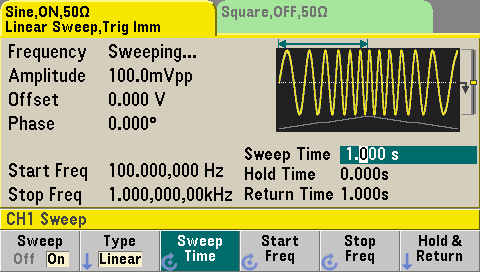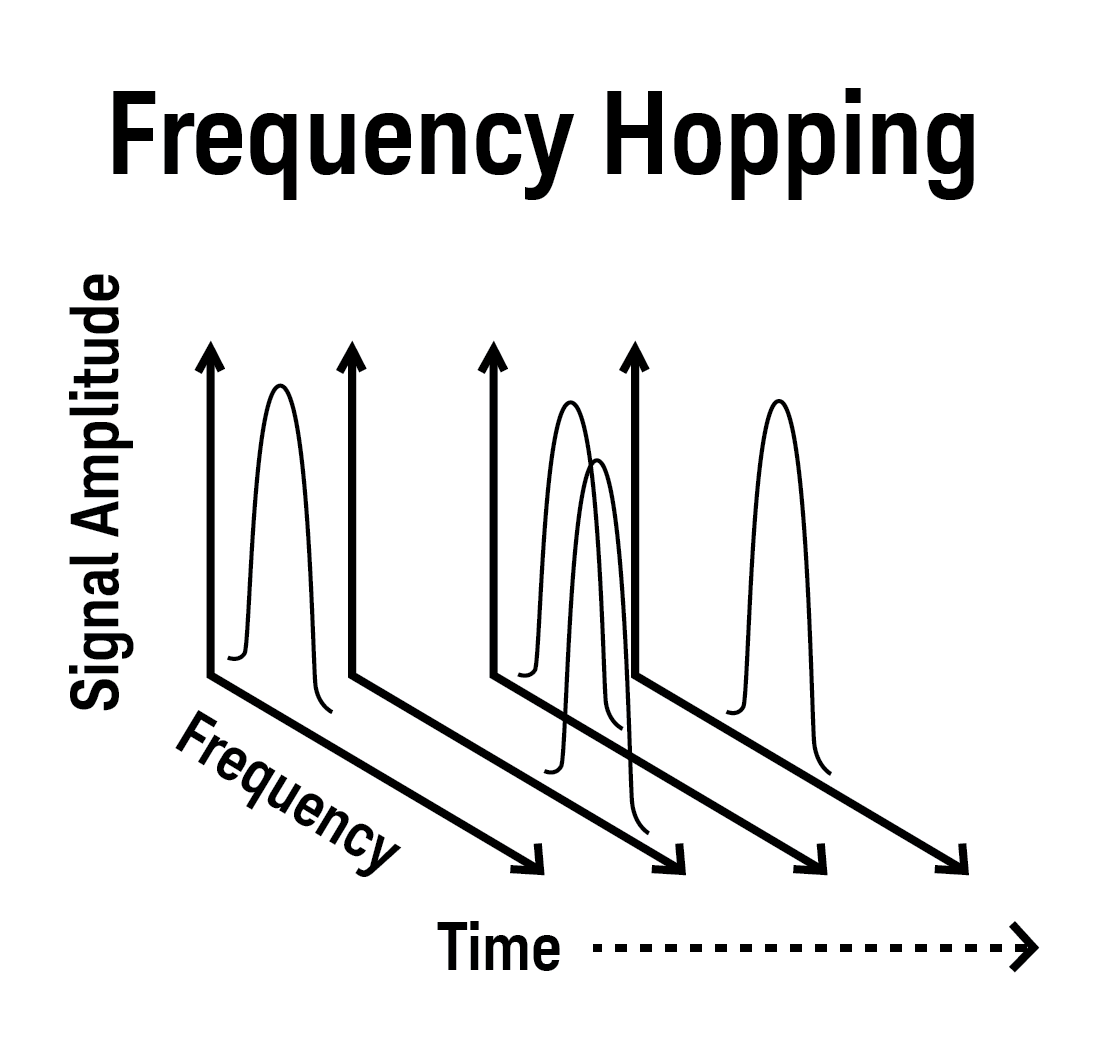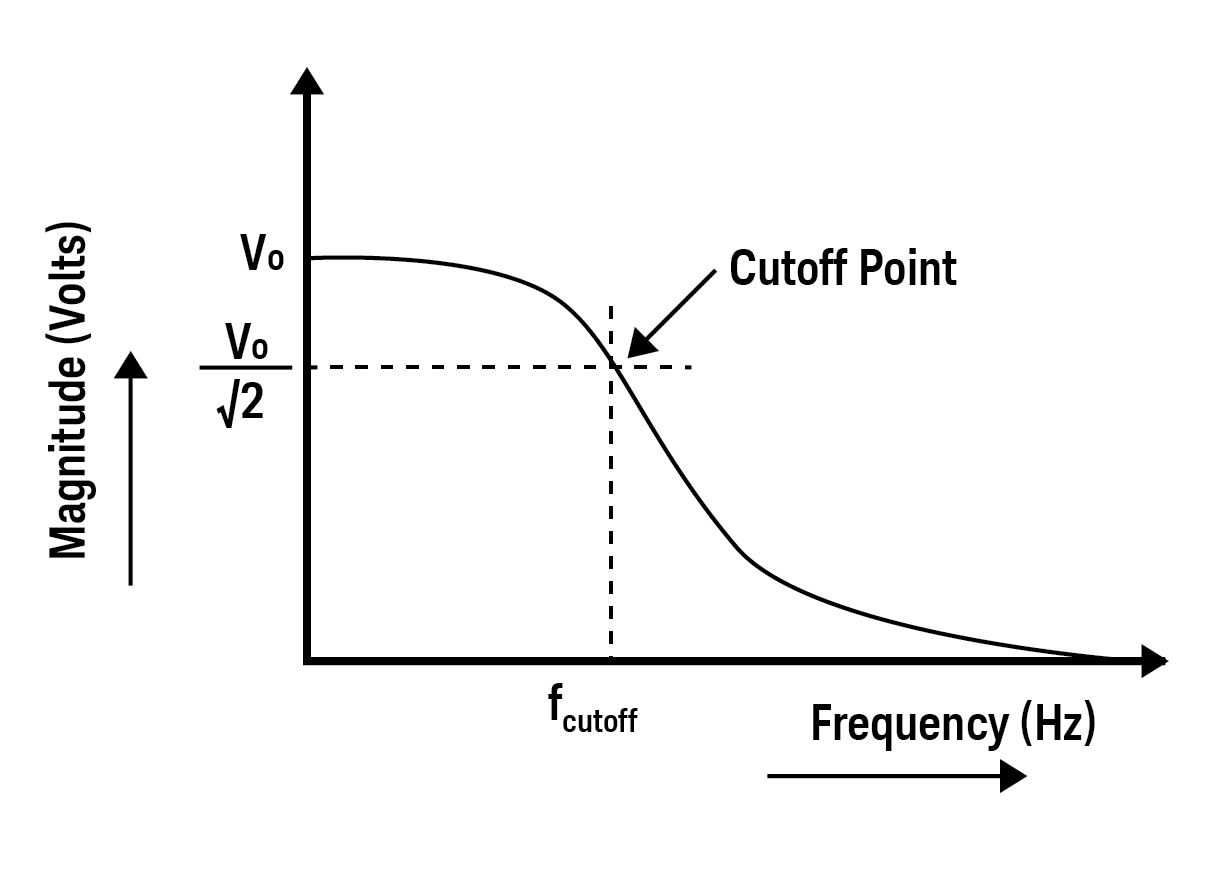
Tips on using Frequency Sweep and List with your Function Generator
In order to test and verify your simple audio microphone, amplifier, filter, or any other components where the output can vary based on the input, you must be able to perform a frequency sweep. Inputting signals of different frequencies will ensure your device functions properly with various input conditions. During a frequency sweep, you may find your device operates properly at most frequencies, except one small frequency range where you find it has completely malfunctioned. Being able to test that during development will save you from lots of heartaches when it is released to market.
In this blog, let’s first find out what a modern function generator can do to generate waveform frequency sweeps. We will also explore some helpful, application-specific tips on how to make this testing even easier and faster for automotive testing, frequency response (Bode plot) testing, and acoustic characterization.
What is a Frequency Sweep?
As I mentioned above, you must test your device with various inputs to be sure it will provide the correct output. When I say frequency “sweep” this just means that we are testing at certain values within a set range. For example, if you say you want to sweep from 20 Hz to 20 MHz, you would generate a signal at various frequencies in that range. This is done using a function generator with sine, square, pulse, ramp, triangle or arbitrary waveforms.
Typically, a function generator can sweep up or down in frequency, with either linear or logarithmic spacing. If you have a very broad frequency range to sweep, it would be more practical to use the logarithmic sweep because this allows you to view more frequencies in a shorter amount of time space. Alternatively, use linear spacing if you are working with a smaller range. This option is nice because it is more intuitive graphically and can be easily scaled, interpolated or extrapolated depending on results. Figure 1 (graph on the left) below shows a typical linear frequency sweep over time. The frequency sweep, Fmin to Fmax is directly proportional to time from Tstart to Tmid. At Tmid, a function generator normally allows the option of a hold time, Thold, before it sweeps back from Fmax to Fmin. Figure 1 (graph on the right) shows the frequency sweep up and down in logarithmic time space. These graphs help understand how the device will respond to varying frequencies.

Figure 1. Frequency sweep graphs - Linear sweep graph on the left and Logarithmic sweep graph on the right
Looking at the user interface of a Keysight Trueform function generator in Figure 2, you can see what the basic setup looks like. The specific range to sweep is the start and stop frequencies. The rate at which the generator will sweep the frequencies is set as the sweep time and return time. The “sweep time” refers to the time it takes to sweep from the start frequency (fmin) to the stop frequency (fmax), and the “return time” is the time it takes to come back down from fmax to fmin.

Figure 2. Linear frequency sweep setup on a Keysight Truefrom function generator 33600A.
Now that you have the sweep set up, you can input the signals into your device, then analyze the output (or response) of your device using an oscilloscope, network analyzer, or another analysis tool. This will allow you to see what happens at different frequencies. If you don’t do this analysis, you may think your device is working just fine, when in reality there are lots of problems when you hit a certain frequency.
The frequency sweep can be triggered manually, externally, or run continuously. Having a manually and externally triggered frequency sweep allows better synchronized testing. Having a continuous trigger is useful if, for instance, you are tuning your device under test over a range of frequency to meet specification.
What is Frequency List Mode?
Another useful way to perform a frequency sweep, aside from linearly and logarithmically, is in discrete mode. This is called the frequency list mode. The function generator "steps" through a list of frequencies, dwelling on each frequency for a specified period. This is useful because it helps to analyze how a device is responding at specific frequencies. This is great to test and verify problem areas you are aware of, or to repeatedly test certain frequencies you know will typically be input.
You can set the frequencies to step through on the function generator. Or, you can also advance through frequencies on the list using an external or internal trigger.

Figure 3. Frequency list setup on the Keysight 33600A.
In Figure 3, you can see a sweep frequency list with 3 different frequencies, 100 Hz, 1kHz, and 550Hz. So, the function generator will input a 100 Hz signal for a set amount of time, then input a 1 kHz signal for that same amount of time, then 550 Hz. This set amount of time is called the dwell time. This can be set here as well. With this specific function generator, you can add up to 128 user-defined frequencies to the list. If you find something is not sweeping correctly during your test or you need to change a value, you can add, delete or re-order the list as well.
Frequency listing can be useful in areas of radio telecommunications. The frequency listing can simulate the frequency hopping of some radio communications’ carrier signals. Frequency hopping in radio communications reduces the effects of interference. Many military telecommunications also use frequency hopping to prevent eavesdropping or improve immunity to radio jamming.

Figure 4. Frequency hopping over time.
Specific Application Tips
1) Automotive Testing
LV124 and LV148 are the automotive test standards for electric and electronic components in motor vehicles with a 12 V and 48 V electrical systems respectively. There is a list of more than 10 test conditions with various voltage / current profile in this test standard requirement, however, let’s focus on one of them. It’s the superimposed alternating voltage test.
During engine start-up, the DC supply of automobiles may be superimposed by an alternating voltage. This test is for all electrical and electronic components connected on the 12V/48V line of automobiles. For most test cases, a full return of the functional capabilities of the components is required for a pass.

Figure 5. Superimposing a frequency swept alternating voltage with DC voltage.
Figure 5 shows that the superimposed alternating voltage test is basically a frequency swept sine wave with a maximum 16V offset on a 12V system. The test has three cases of different peak to peak voltage for the frequency swept sine wave. The alternating voltage is frequency swept sine wave from Fmin to Fmax and return to Fmin is done in linear and/or logarithmic as shown in Figure 1.
2) Frequency Response (bode plot) Testing
Another useful application is to use a function generator’s frequency sweep output to provide an input signal to a device under test (DUT). For example, a passive low pass filter or an amplifier.

Figure 6. A frequency response graph of a low pass filter.
3) Acoustic Characterization
Using frequency sweep in the audio frequency range, i.e. 20 Hz to 20 kHz, you can actually test the acoustic characteristics of an object or a room. It can be used to test sound absorption or reflection characteristics, or perhaps to test the measurement quality of a microphone or the acoustic quality of a musical instrument and more.
Modern function generators can generate triggered burst of a frequency sweep signal.
Conclusion
In this blog, you’ve learned about how you can use a frequency sweep to test and verify your devices. A function generator and some of the built-in tools, like frequency lists, can be used to easily perform this testing. Hopefully learning about some common examples and applications helps determine where this can be useful in your measurements.
I hope this blog is insightful for you. If you want to learn more on how to get the most out of your function generator, please download our eBook on “5 key tips for getting the most out of your waveform generator”.
For more information on Keysight’s True form function generator, please visit this URL: www.keysight.com/find/function-generators
and check out our Waveform and Function Generator Solutions Catalog